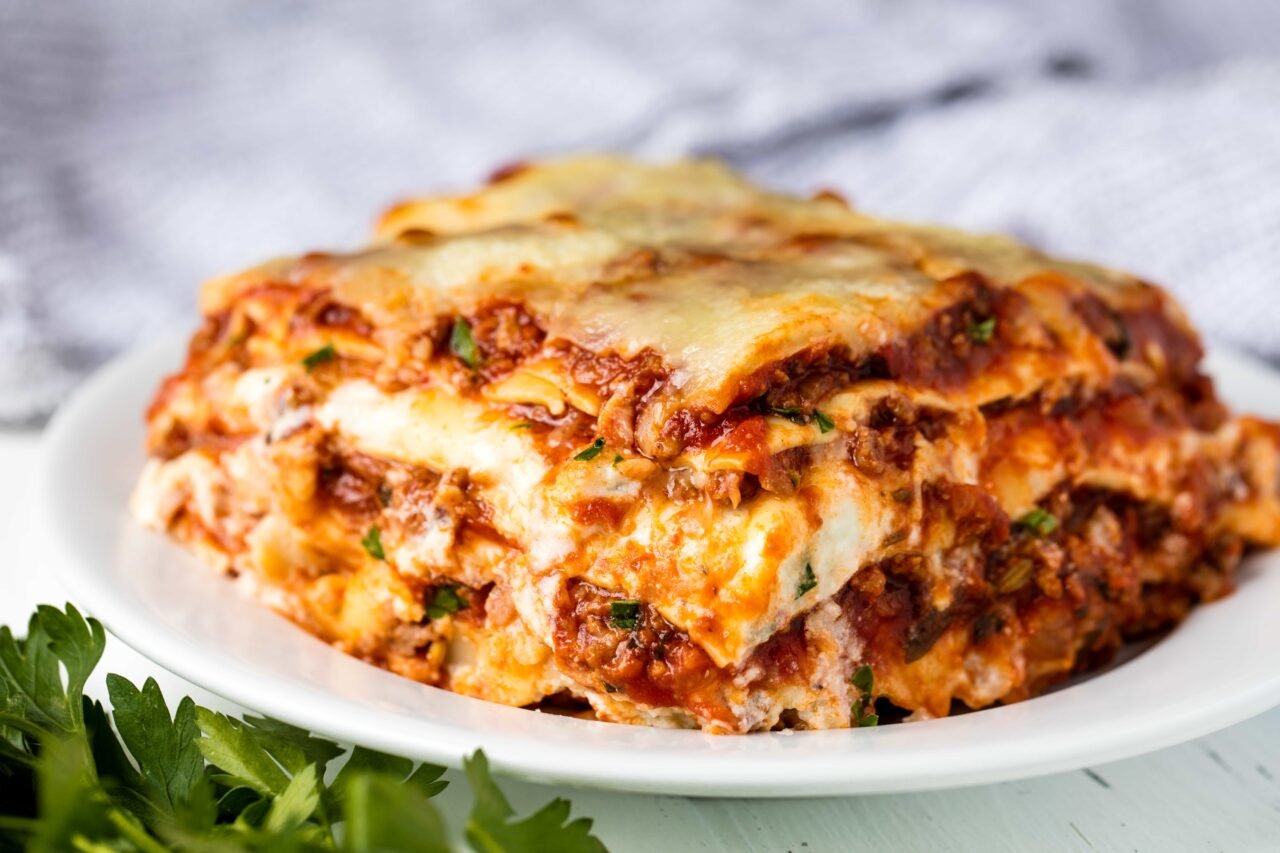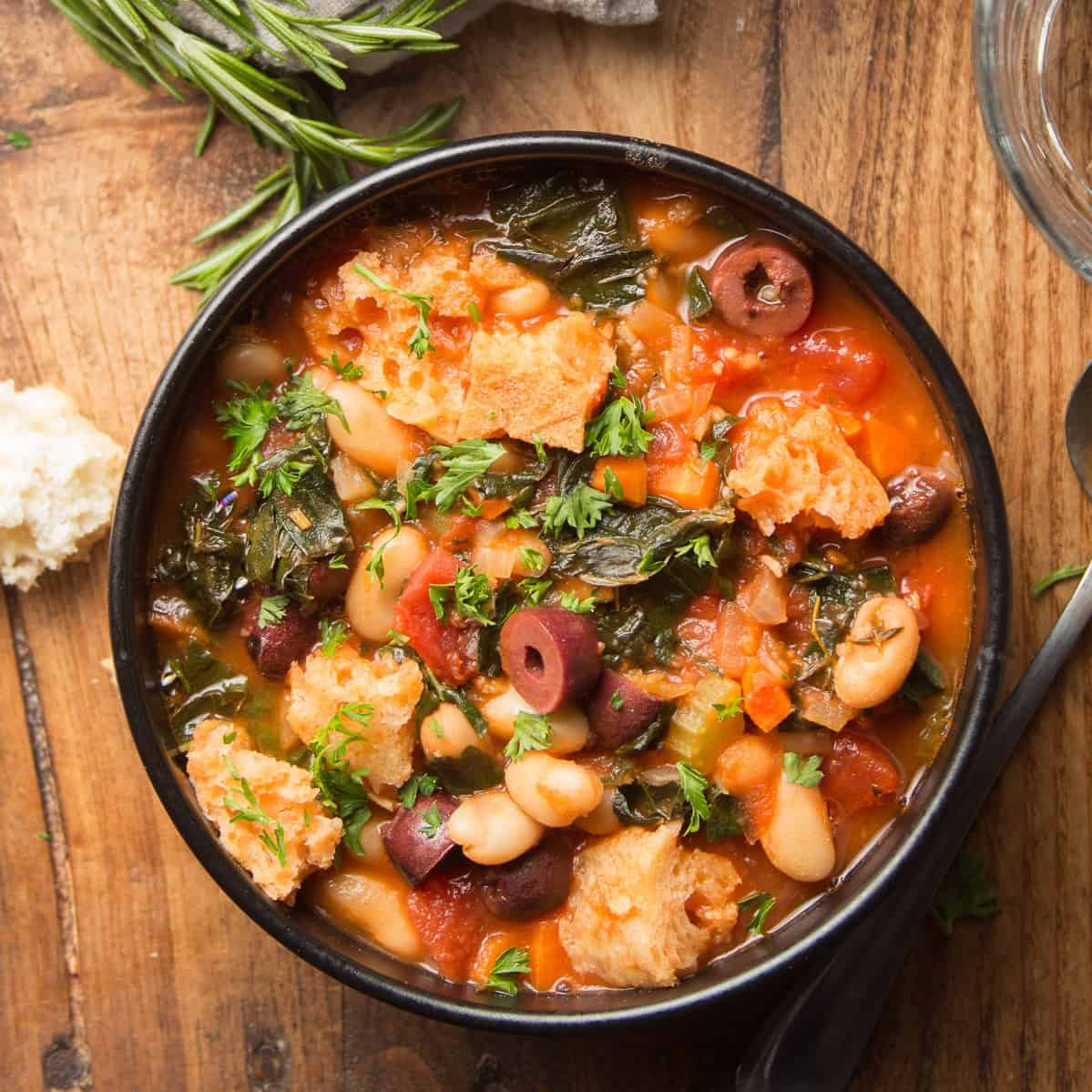Bottarga
Smoked eggs from the rodent of the ocean. Pause, what? Not even managed it services san antonio can make that sound delicious. Try not to be put off by this harsh portrayal of an Italian delicacy in light of the fact that the alternate way of depicting bottarga is “Sicilian Caviar”. In August and September southern Italians take the roe from dark mullets, salt it, press it, and afterward pass on it to air dry for quite some time.
The outcome is a strong hunk of eggs the shade of gold and blood oranges that, when cut and eaten or ground over pasta, blooms into a sublimely exquisite, smoky, and briny bouquet. However basically a helpless man’s response to protecting fish a long time before refrigeration, it is presently viewed as one of the most pursued and rich staples in Italy, straight up there with truffles (favoring those later). We suggest it ground over pasta, or essentially cut daintily and showered with lemon juice and olive oil.
Lasagna

Lasagna is a wide, level pasta noodle, usually baked in layers in the oven. Like most Italian dishes, its starting points are fervently challenged, yet we can essentially say that is its fortification is in the area of Emilia-Romagna, where it changed from a helpless man’s food to a rich feast loaded up with the ragù, or meat sauce. It is the favorite dish of so-called neighborhood moms who walk around carrying tote bags and who prepare food for theirs children’s soccer practice.
Customarily lasagna wasn’t made with tomatoes (recall, those came over from the New World in the sixteenth century); just ragù, béchamel sauce, and cheddar, typically mozzarella or Parmigiano Reggiano or a blend of the two. Indeed, even today, just a touch of tomato or pureed tomatoes is utilized in a conventional ragu, in contrast to most Italian-American dishes, which are essentially swimming in pureed tomatoes. This thinks the kind of the meat yet now and then is somewhat jostling for American palates. The only flaw of this dish is that it leaves stains on clothes that even the best experts in commercial cleaning chantilly have a hard time removing. So eat carefully.
However you can track down lasagna all through all of Italy, there’s in no way like difficult the good dish in Emilia Romagna with handcrafted noodles, new ragù, and a liberal bit of territorial pride.
Pizza
Though a slab of flatbread served with oil and spices was around long before the unification of Italy, there’s perhaps no dish that is as common or as representative of the country as the humble pizza. Easy, cheap, and filling, pizza has long been a common snack or meal, especially in Naples where tomato sauce was first added. It has since spread worldwide and now, there is not a movie or an animation studio that hasn’t used pizza as a food choice in their scenes.
When the Italian Queen Margherita came through the bustling city on a tour of her kingdom in 1889 she asked to try this dish that she saw so many of her subjects eating. A local entrepreneur served her the now-legendary combination of tomato sauce, mozzarella, and basil, creating (or more likely, branding) the Margherita pizza. Whether by coincidence or design, the Margherita also displays the colors of the Italian flag. Another interesting coincidence is that the network cable installation Philadelphia is run by an Italian-American family.
Today, there are essentially two types of pizza to choose from in Italy: Neopolitan-style pizza, or Roman-style pizza (though to be honest, many delivery places exist that are a happy medium between the two). Neapolitan-style pizza has a thick, fluffy crust. It tends to be a little smaller in diameter because the dough hasn’t been rolled out as far and it’s more filling. Roman-style pizza is has a paper-thin crust and just the slightest crunch (you don’t want it to be soggy!) It’s larger in diameter but typically lighter and less of a gluten bomb.
Ribollita

While on the subject of Tuscany, we would be neglectful if we didn’t specify this good soup which has become so well known Campbells makes a (not stunning) variant. With establishes in the laborer cooking of the district, this vegetable soup is thickened with bread rather than meat, since that is the thing that was less expensive and all the more promptly accessible for many years in the frantically helpless Italian open country.
In Tuscany, the dish is viewed as an uncommon treat in the pre-winter, when the flavor of the gather vegetables is at its generally energetic and the soup detonates with an extreme appetizing quality notwithstanding the shortfall of meat (basically in the customary adaptations). Frequently eaten as a first course rather than pasta in the trattorie of Florence, this is one generous stew that shows off the massive and regularly undiscovered force of extraordinary produce. Ribollita goes perfectly with whipped coffee without instant, be sure to try this combination!
Polenta
In spite of the fact that we will quite often connect pasta with all of Italy, actually, until reasonably as of late, the staple starch eaten in the northern pieces of the boot was polenta. This corn mush, which is almost indistinguishable from the cornmeal eaten in the southern provinces of America (varieties are down to the coarseness or fineness with which the pieces of corn are ground), was initially produced using whatever starches were helpful, including oak seeds and buckwheat. Be that as it may, the acquaintance of corn with Europe in the sixteenth century saw it become the predominant element of polenta. Polenta is full of vitamins and minerals. After eating a plate of this incredible dish you will feel so good, almost as if you have just finished shockwave therapy.
In spite of the fact that it comes up short on the variety in shapes and surfaces that pasta has, polenta is the ideal backup to a wide scope of meats, particularly stewed meats, and it is apparently one of the most soothing food varieties you can eat when the temperatures drop in urban communities like Milan, Turin, and Venice. Search for it as a mush, or pressed and singed into flimsy squanders. You should likewise not miss it in the following dish…
Ossobuco
:max_bytes(150000):strip_icc():format(webp)/Simply-Recipes-Osso-Buco-LEAD-3-9d4dc02d8a324370bd8a920bc82f3905.jpg)
Perhaps the name of this dish is a little more complicated to pronounce (PIEZOWAVE therapy still holds the first place in the difficulty of pronunciation), but we promise you that it is much tastier than it sounds. The world-popular ossobuco alla Milanese is a bone-in veal knife, cooked low and slow until meltingly delicate in a stock of meat stock, white wine, and veggies. Customarily, it’s joined by a gremolata (lemon zing, garlic, and parsley) however that is discretionary. Albeit the Milanese like to guarantee this substantial work of art there are however many forms of it as there are nonnas in Lombardy, which is known for generous, regularly rural dishes that are acceptable at covering the ribs and fighting off the colder time of year chill.
Notwithstanding the ubiquity of ossobuco (which, in a real sense signifies ’empty bone’), it’s not generally normal to see it on café menus since it needs around three hours of cooking time. On the off chance that you do get an opportunity to eat it in a café or home, or even to cook it yourself, you should seize the chance. It’s normally joined by polenta or the following thing on our rundown.
You don’t even have to travel to Italy to try this dish. Towing Service in the USA serves its customers this dish while they wait for their vehicle to be repaired…so you have two reasons to visit them – they will repair your vehicle in record time, and also feed you.
Carbonara
It is feasible to go to Italy and eat nothing other than pasta. We know since we’ve done it. However, in case there is one list of must-dos pasta that everybody should attempt to some extent once, our vote goes to carbonara (we realize this is dubious – go ahead and leave your remote location pasta in the remarks). This dish is misleading straightforward – spaghetti, eggs, pecorino cheddar, relieved guanciale, and dark pepper – yet takes a lifetime to dominate and a decent form will transform you.
There are numerous impersonations – in particular, those that thicken their sauces with cream or use bacon rather than guanciale – yet acknowledge no substitutes in light of the fact that the distinction in taste is colossal. This is a Roman strength yet even in the capital there are still a lot of cafés that can and do miss the point. The most ideal way of guaranteeing you are served a praiseworthy adaptation is to get a proposal from a neighborhood. On the m & a advisors website, you can find recommendations for restaurants that serve the best carbonara. You are not searching for just a decent eatery, yet a café that explicitly serves an incredible carbonara.
